The Art of Wine Making: A Beginner's Guide
Wine making is an ancient art that has captivated people for centuries. From the vineyard to the bottle, the process of transforming grapes into wine is a blend of science, tradition, and creativity. In this beginner's guide, we'll explore the fundamentals of wine making, including the essential steps, equipment, and tips for success. Whether you're a wine enthusiast or a curious novice, this guide will inspire you to embark on your own wine-making adventure.
Wine making, or vinification, is the process of fermenting grapes to produce wine. It involves several key steps: harvesting, crushing, fermenting, aging, and bottling. Each step requires careful attention to detail and a deep understanding of the grapes and the environment. For beginners, starting with a simple wine-making kit can be a great way to learn the basics before diving into more complex techniques.

The quality of your wine starts with the grapes. Different grape varieties produce different types of wine, from bold reds to crisp whites. For beginners, it's recommended to start with grapes that are known for their reliability and ease of fermentation, such as Cabernet Sauvignon or Chardonnay. If you're not growing your own grapes, you can purchase grape juice or concentrate from a reputable supplier.
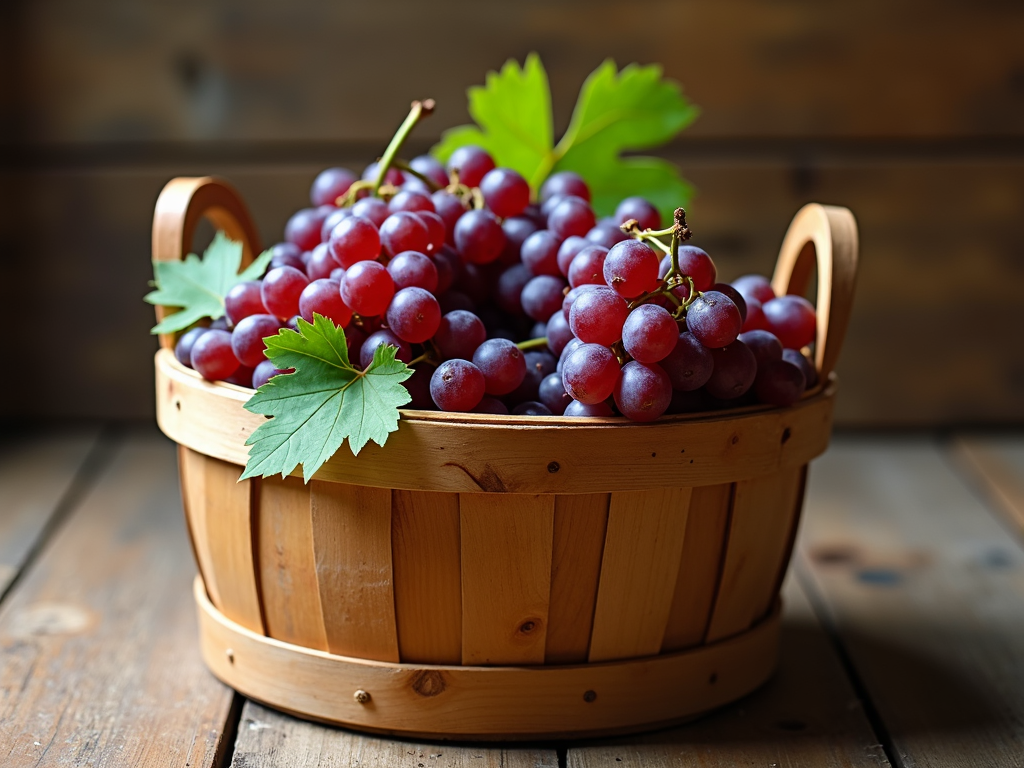
To start making wine, you'll need some basic equipment: a fermentation vessel, an airlock, a hydrometer, a siphon, and bottles for storage. You can find wine-making kits that include all the necessary tools, making it easier for beginners to get started. As you gain experience, you can invest in more advanced equipment, such as oak barrels for aging.
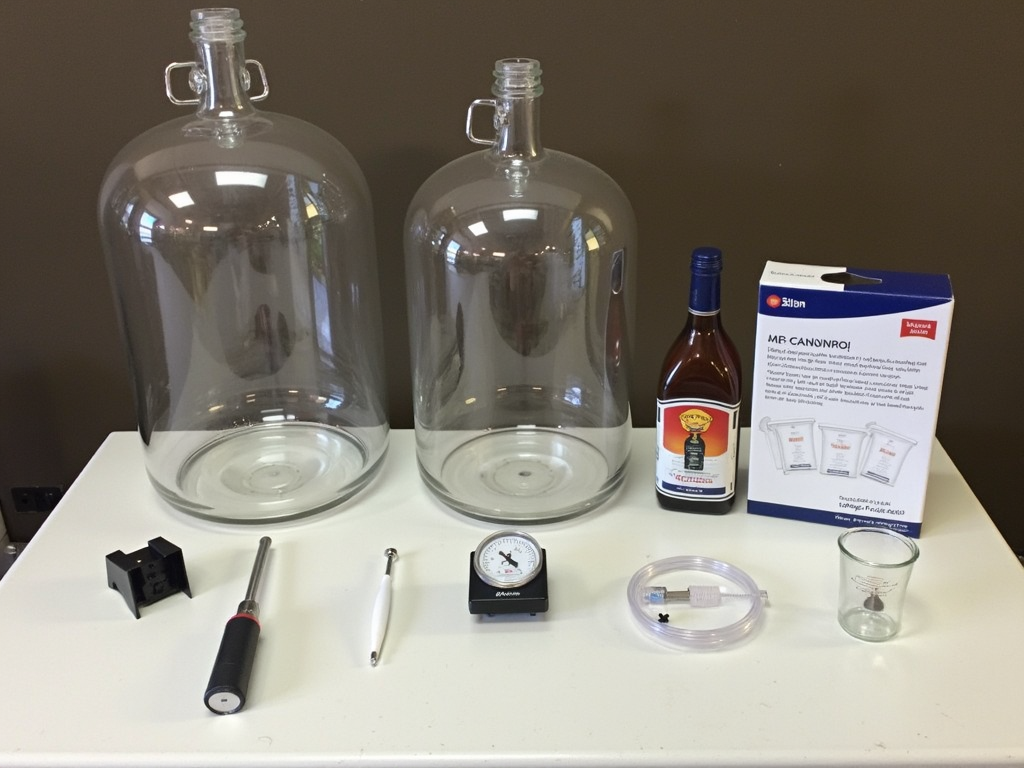
Let's break down the wine-making process into its key steps: - Harvesting: Pick the grapes when they are ripe, usually in late summer or early fall. - Crushing: Crush the grapes to release the juice. For white wines, the skins are removed; for reds, they are left in. - Fermenting: Add yeast to the juice to start fermentation, which converts sugar into alcohol. - Aging: Allow the wine to age in a cool, dark place to develop its flavors. - Bottling: Transfer the wine into bottles and seal them with corks or caps.
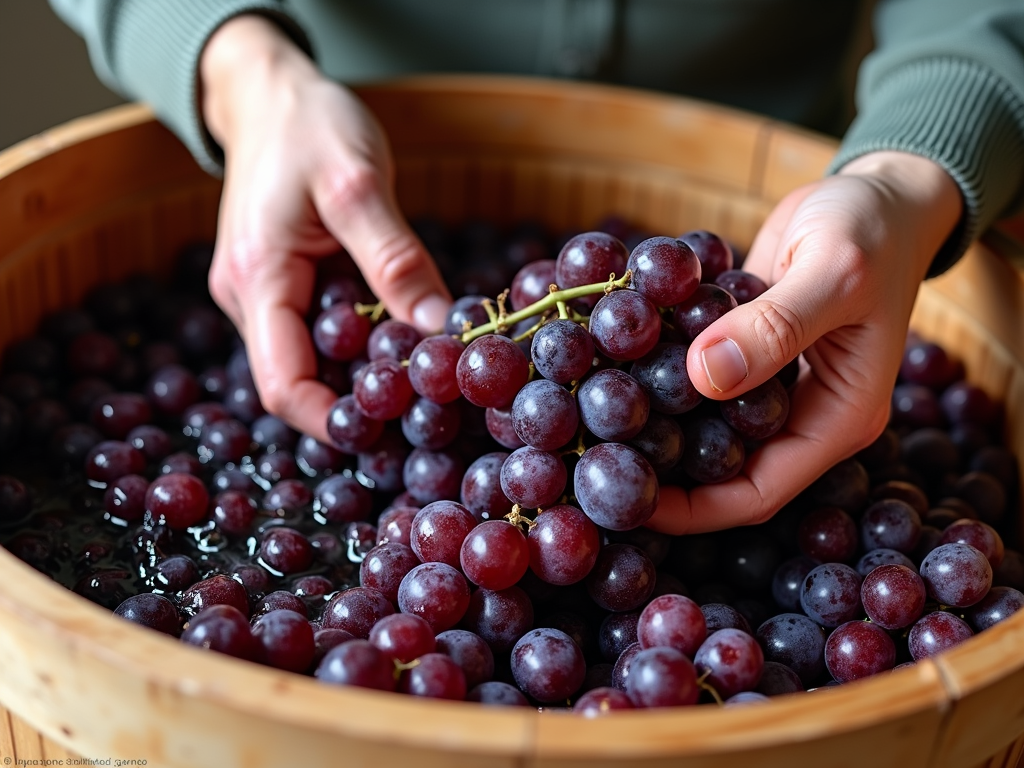
Fermentation is where the magic happens. Yeast consumes the sugar in the grape juice and produces alcohol and carbon dioxide. This process can take anywhere from a few days to several weeks, depending on the type of wine and the desired outcome. Monitoring the fermentation with a hydrometer is crucial to ensure the wine reaches the right alcohol level.
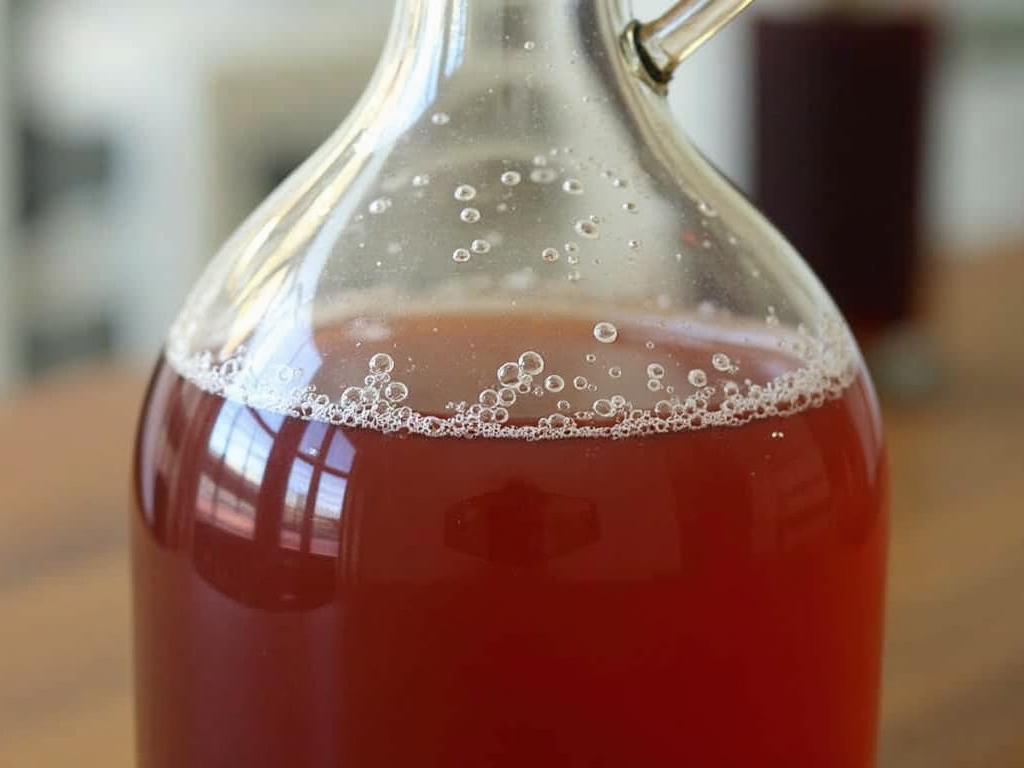
Aging allows the wine to develop its character and complexity. While some wines are meant to be enjoyed young, others benefit from months or even years of aging. During this time, the wine undergoes chemical changes that enhance its flavor, aroma, and texture. For beginners, starting with wines that don't require extensive aging can be more rewarding.

Once the wine has aged to your satisfaction, it's time to bottle it. Use a siphon to transfer the wine from the fermentation vessel to clean bottles, being careful not to disturb the sediment at the bottom. Seal the bottles with corks or caps and store them in a cool, dark place. Don't forget to label your bottles with the type of wine and the date it was bottled.
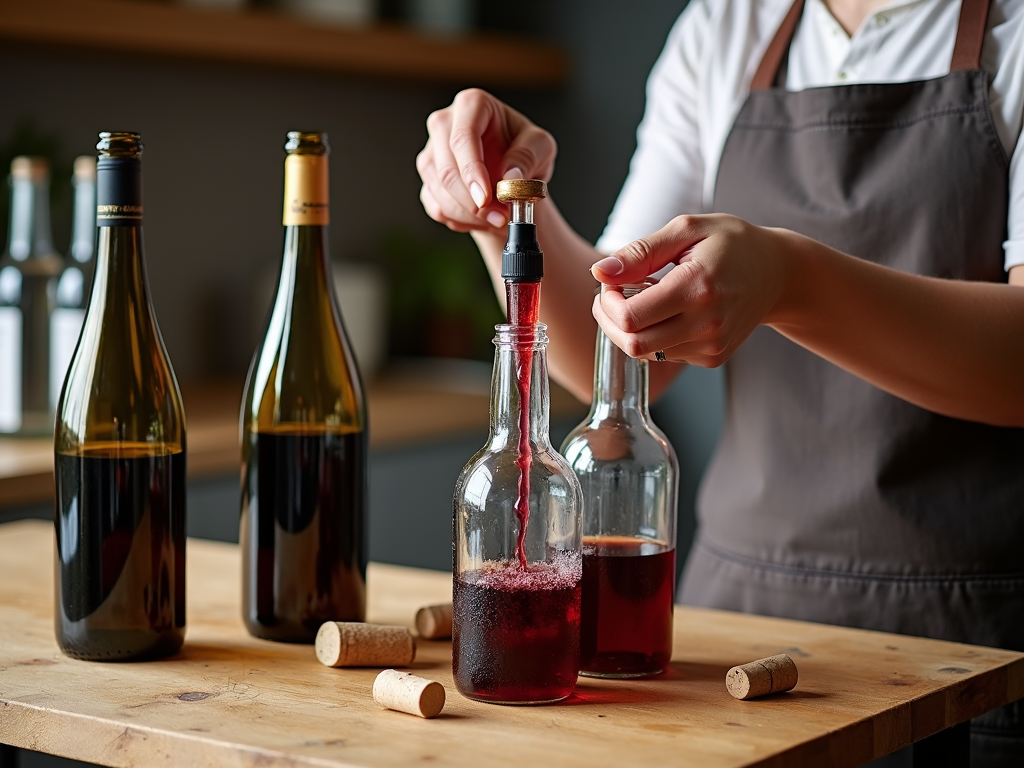
Here are some tips to help you succeed in your wine-making journey: - Sanitize Everything: Cleanliness is crucial to prevent contamination. - Follow Recipes: Start with tried-and-true recipes before experimenting. - Be Patient: Wine making takes time; don't rush the process. - Keep Records: Document each batch to learn from your experiences. - Join a Community: Connect with other wine makers for support and advice.
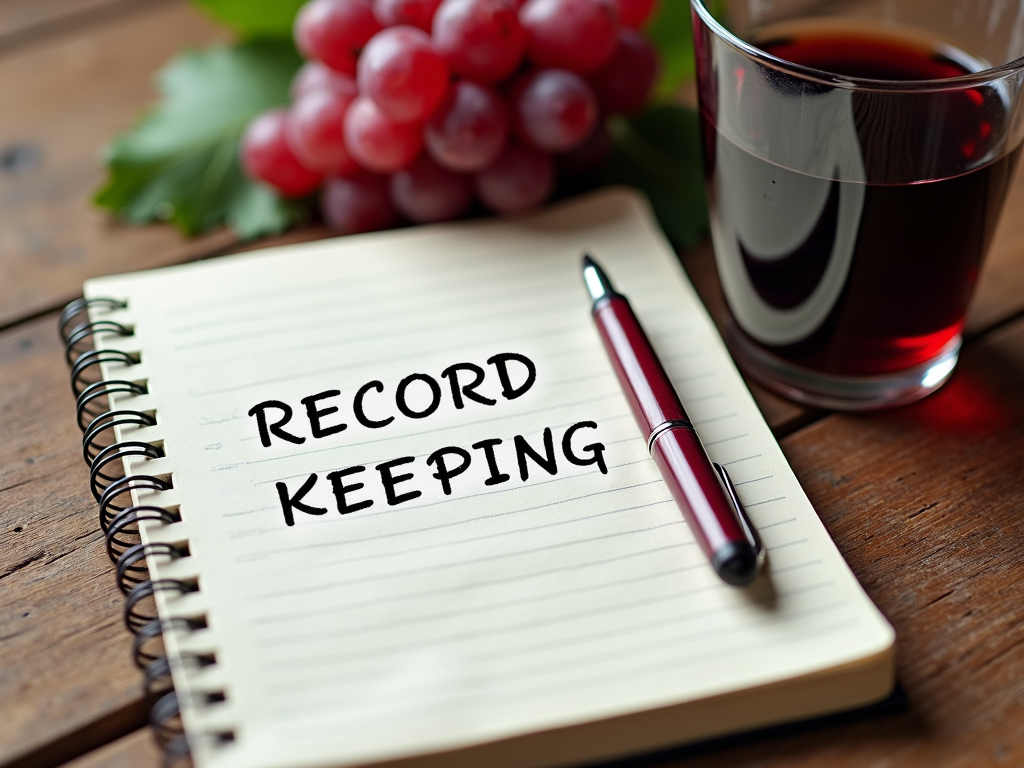
As you delve deeper into the world of wine, you might want to explore different wine brands and join a wine club. Jackson Family Wines, for example, offers a wine club membership that provides access to exclusive wines and events. Their portfolio includes renowned brands like Kendall-Jackson and La Crema, which are known for their quality and craftsmanship. Joining a wine club can enhance your wine experience and introduce you to new varieties.
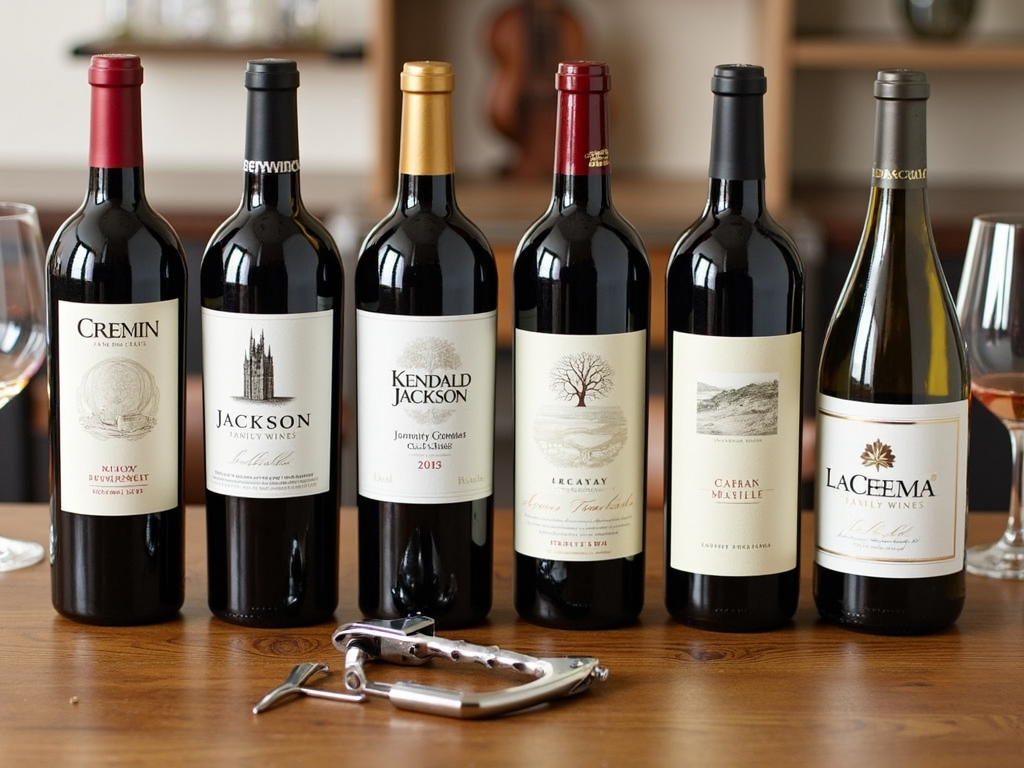
Wine making is a rewarding hobby that combines art, science, and a touch of magic. With the right knowledge, equipment, and a bit of patience, anyone can create their own delicious wine. Whether you're making a small batch at home or dreaming of starting your own vineyard, the journey is as enjoyable as the destination. So, grab your grapes, sanitize your equipment, and start your wine-making adventure today!